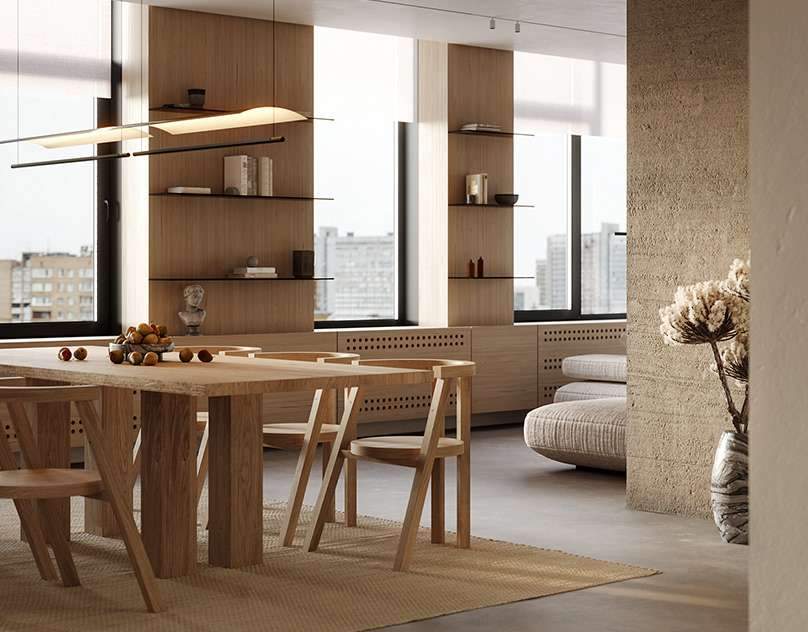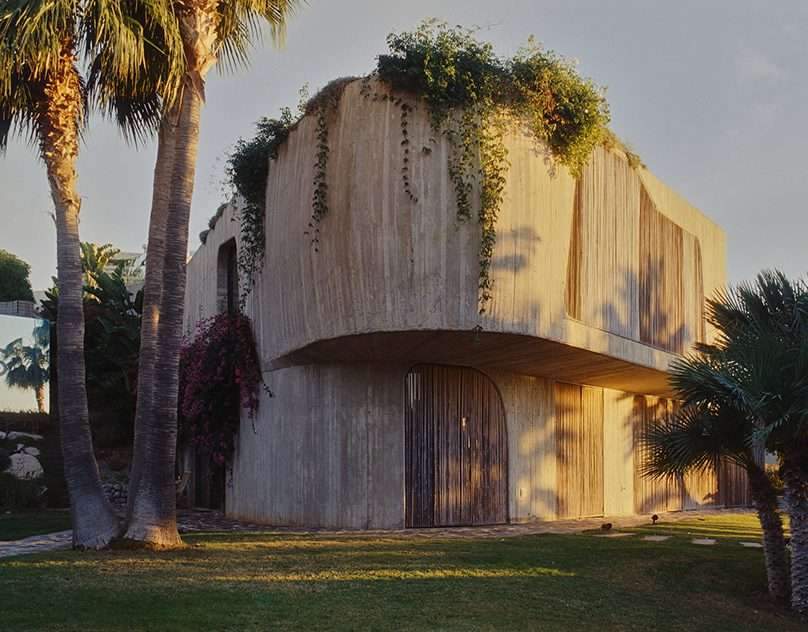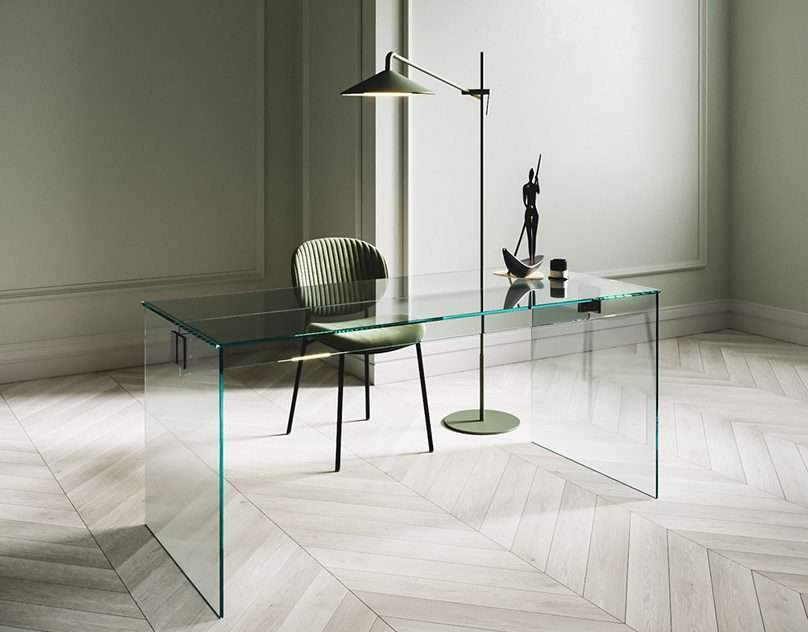Drywall is one of the most popular building materials used today.
Drywall has been used to cover walls or ceilings for over 100 years and the industry has grown along with its use during that time.
Many building contractors use drywall regularly and consumers may not be fully aware of the different types of drywall or the accessories and tools needed to use drywall on construction projects.
Keep reading to learn more about how to use drywall and what kind of accessories are involved in the building process!
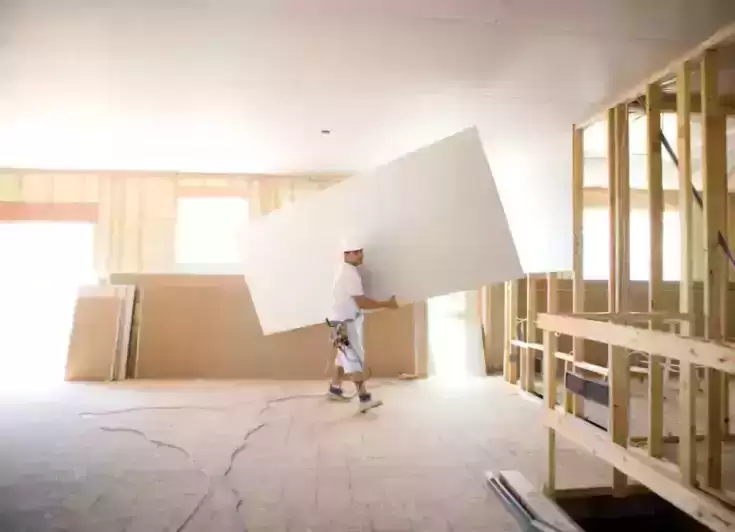
Drywall basics
Drywall is a useful building material that can create walls or ceilings in a structure. It has a variety of types including drywall that can be mildew proof or soundproof.
There was a housing boom after World War I that created a need for a faster way to build walls (and houses) which led to the invention of drywall.
Today, it is the most widely used material for the interior walls of any American home.
Drywall is made of gypsum, a naturally occurring mineral that has a very large supply available to the world.
Gypsum is mixed with other materials to make a slurry that is placed between layers of paper and then dried.
The exact types of paper, chemicals, and thickness also determine the “type” of drywall that is created.
drywall sizes
One of the reasons why drywall is so popular is that it provides fire resistance and sound insulation for walls in both residential and commercial properties.
One of the biggest ways drywall is differentiated is by its thickness. On the thinner end of things, drywall can be up to a quarter of an inch thick.
This type of drywall is usually used on curved walls as it is a bit flexible due to its thinner structure.
More commonly, you will see half-inch drywall used by most building contractors on residential and commercial properties.
And you’ll also see 5/8-inch drywall used when a contractor is looking for added protection whether that be in the form of fireproofing or soundproofing.
Whatever size drywall you’re using, be sure to plan ahead and think about what your project is looking to achieve so you can get the right materials for the job!

Different types of drywall
Plain drywall
Not surprisingly, the most common type of drywall is known as “regular drywall”.
You will also hear this referred to as a “whiteboard”, and this appears on many ceilings and walls of homes and commercial properties.
Typical dimensions are an inch by 4′ by 8′ sheet, you’ll also see larger sizes up to 16′ for high ceilings and smaller sizes,
which are sold by home improvement stores for smaller types of DIY repairs.
Soundproofing drywall
The name “soundproof drywall” is a bit of a misnomer, as most drywall has some level of soundproofing properties.
However, this is a type of drywall that is specifically designed to add sound insulation, such as if it is needed between living quarters or other heavy traffic areas.
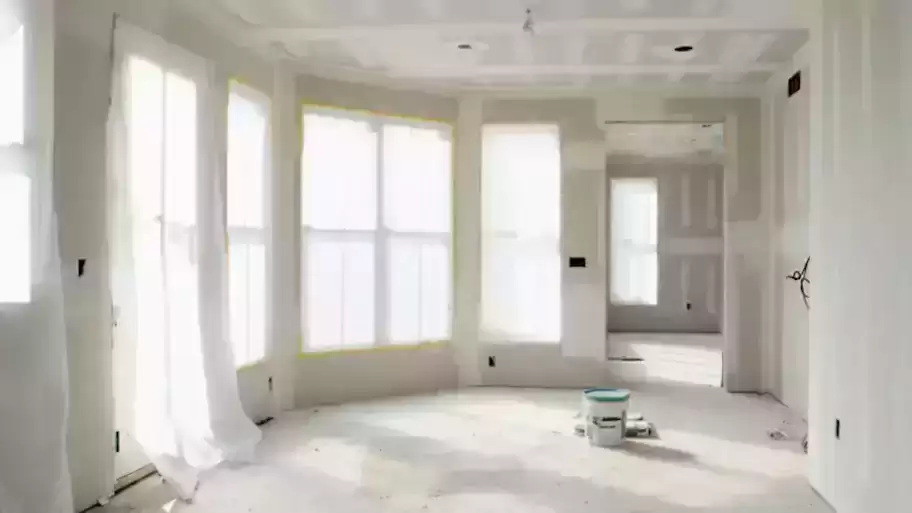
Mold resistant drywall
Another common type of drywall is mildew-resistant drywall.
Instead of being called whiteboard, mildew-resistant drywall gets the nickname “greenboard.”
To make drywall mold resistant, builders will use a thicker paper backing and the drywall will receive an additional waxy coating to keep out moisture.
You will also see fiberglass mesh blocking anything that would allow this mold to grow.
Mildew resistant drywall is often used in areas where you typically see moisture buildup including bathrooms, kitchens, or laundry rooms.
plasterboard
Plasterboard is also known as “blueboard” and is often seen in older homes
as it can give a more rustic look.
Gypsum board needs a thin layer of gypsum to be covered over the entire surface.
Necessary drywall accessories, tools and supplies
One of the best parts about installing drywall is that it’s an inexpensive process
The supplies needed for a drywall installation are quite simple and therefore generally don’t cost much.
Let’s take a look at some of the most common items you’ll need as you head out on your drywall project.
Or if you simply want to understand more about how the drywall process used by building contractors works!
drywall panels
You won’t get very far without the drywall sheets themselves! Most of the time,
the sheets will be a decent size 4″ x 8″.
Keep in mind that many stores sell smaller items if you need a quick fix.
joint complex
This is a material known as “mud” and is definitely an integral part of the drywall process.
And you can buy this “mud” either in plastic tubs where you will receive an “already blended” version
of product ready to use, or can be dried in paper bags as well.
If you are a beginner in terms of drywall projects,
you will want to strongly consider getting a pre-mixed version of joint compound.
While it seems easy to mix water into your dry bag mix,
It is certainly deceptively difficult and probably not worth the trade-off.
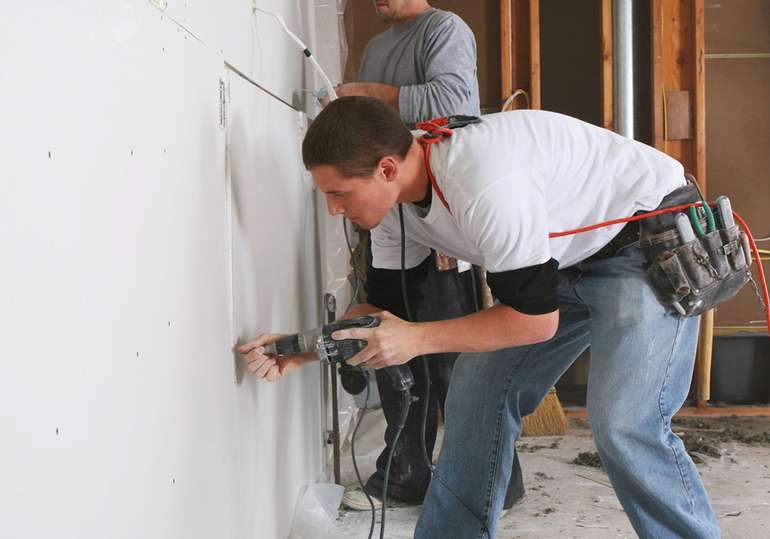
Drywall nails and screws
The appeal of drywall screws stems from one statement,
that screws that are installed poorly can come off, while screws cannot.
However, using drywall nails is a much faster process and technically a bit easier too.
outer corner bead
Corner Bead is used for two reasons: to anchor the corners that occur when building walls with drywall
As well as covering the seam between two separate sheets of gypsum board.
This attachment is only used on the outside corner of drywall because it is subject to wear and tear.
For more architectural news
How to choose the right furniture for specific spaces in interior design



